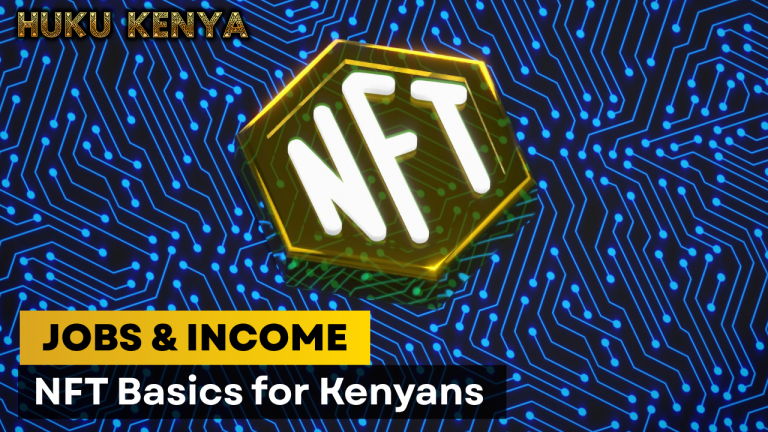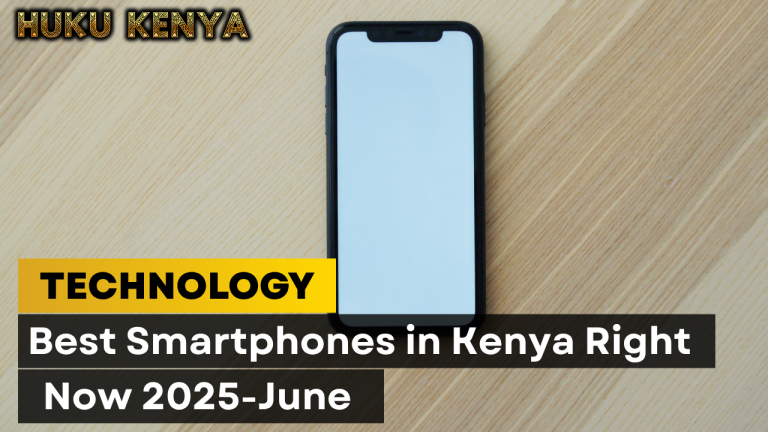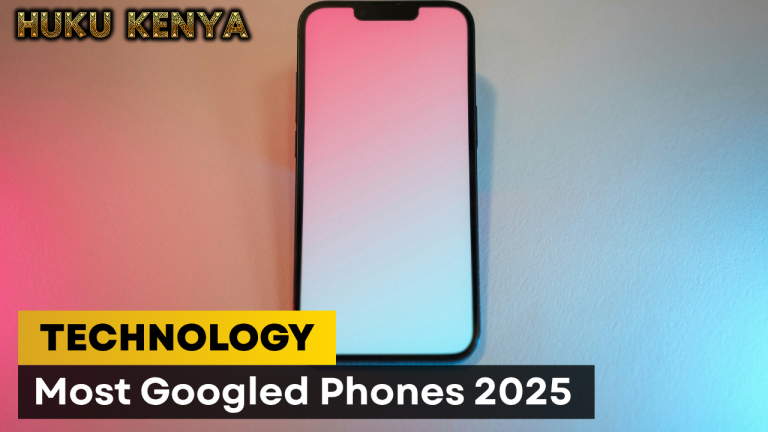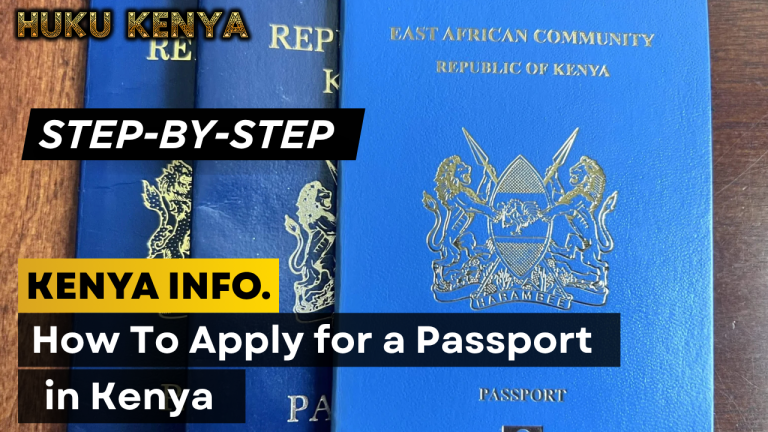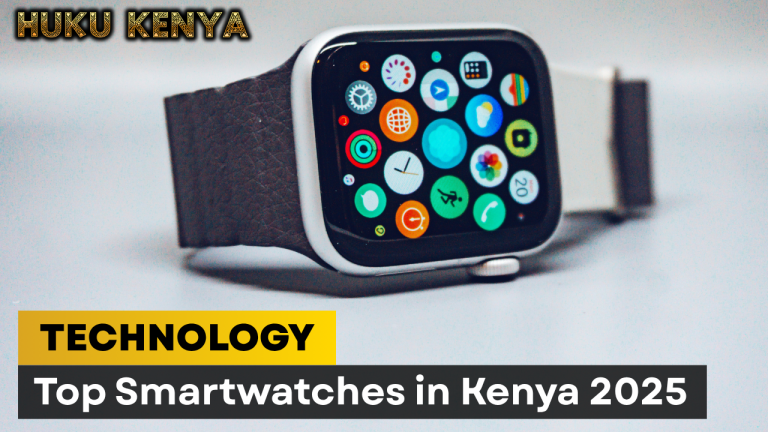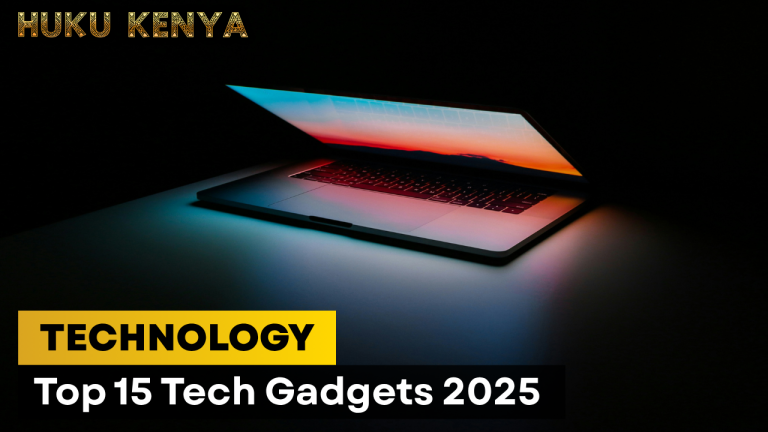
In 2025, Kenya is making a bold leap in education reform—not just in classrooms, but in how data is collected, stored, and used. The Kenya Education Management Information System (KEMIS) is the government’s new digital platform designed to replace the outdated NEMIS system and become the single source of truth for all education data in the country.
Here’s what KEMIS is, how it works, and why it matters for students, teachers, parents, and policymakers.
What Is KEMIS?
KEMIS is a web-based, centralized education data system developed by the Ministry of Education with support from the World Bank and other partners. It captures real-time data on:
- Learners (from ECDE to university)
- Teachers and non-teaching staff
- Schools, colleges, and universities
- Exams, assessments, and transitions
- Capitation and resource allocation
It’s designed to be secure, mobile-friendly, and fully integrated with Kenya’s digital ID system, Maisha Namba2.
Why Replace NEMIS?
NEMIS, launched in 2017, aimed to digitize student records but struggled with:
- Incomplete coverage (many learners weren’t captured)
- Data duplication and ghost schools
- Poor integration with other government systems
- Limited access for parents and school heads
KEMIS addresses these gaps with real-time tracking, better data security, and integration across all education levels3.
Key Features of KEMIS
| Feature | What It Does |
|---|---|
| Unique Personal Identifier (UPI) | Every learner gets a lifelong ID linked to Maisha Namba |
| Real-Time Data Access | Enables instant updates on enrollment, transfers, and performance |
| School Census Dashboard | Tracks infrastructure, staffing, and learner mobility |
| Capitation Monitoring | Prevents misuse of funds by linking disbursements to verified student data |
| Parent & Teacher Access | Mobile-friendly portals for tracking learner progress and school updates |
| Data Security | Advanced encryption and access controls to protect sensitive information |
How It Works
- Registration: Every learner is registered at birth or upon school entry using their Maisha Namba.
- Data Entry: Schools update learner and staff data via the KEMIS portal.
- Integration: KEMIS links with Civil Registration, Immigration, and other ministries.
- Monitoring: Education officials use dashboards to track attendance, performance, and transitions.
- Decision-Making: Data informs teacher deployment, infrastructure planning, and funding.
Rollout Timeline
- July 1, 2025: Pilot begins in selected counties
- July 15, 2025: Nationwide learner registration starts
- September 2025: Full rollout expected across all institutions4
Why It Matters
KEMIS is more than a database—it’s a game-changer for education planning and accountability. It will:
- Eliminate ghost schools and inflated enrollment
- Ensure fair distribution of teachers and resources
- Improve exam registration and scholarship targeting
- Support CBC and CBE implementation with accurate learner tracking
- Empower parents and teachers with real-time insights
Final Word
KEMIS is Kenya’s boldest step yet toward data-driven education reform. By unifying all learner records under one secure, accessible platform, it promises to transform how schools are funded, how students are supported, and how education policy is made.


